Learn more about shipwrecks that are protected by our sanctuary system, the history behind them, and our blue heritage. Explore these resources to learn about NOAA's efforts to treasure these national artifacts for future generations.
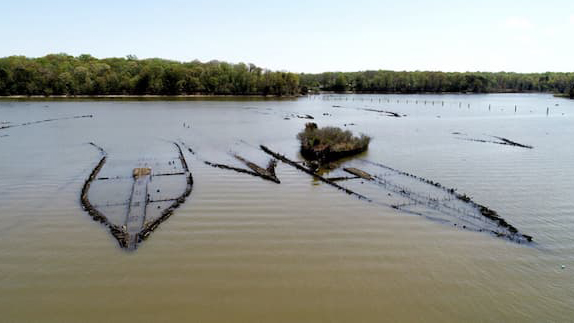
Maritime heritage is the beliefs, practices, resources, and histories related to the Great Lakes and ocean areas that we have inherited from those who came before us. Together, these historical, cultural, and archeological resources are used to understand past and present relationships with coastal, marine, and Great Lakes environments. One part of this heritage is the collection of shipwrecks, vehicles, and aircraft located within our national marine sanctuaries.
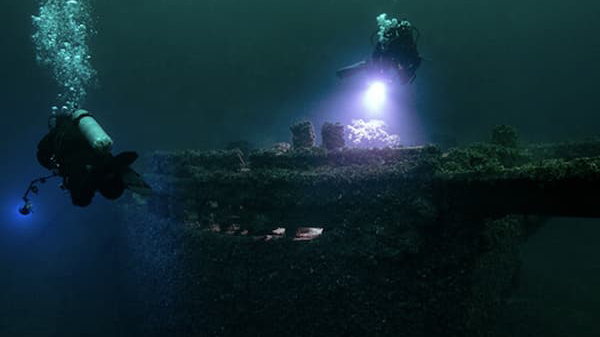
From the iconic Civil War-era ironclad warship USS Monitor to the commercial vessels of the Great Lakes, your National Marine Sanctuary System works diligently to protect our nation’s maritime heritage. With a new national marine sanctuary protecting the Ghost Fleet of Mallows Bay and expeditions to historic shipwrecks, we’re finding new ways to tell the stories of the people of our ocean, our Great Lakes, and Our Blue Heritage.
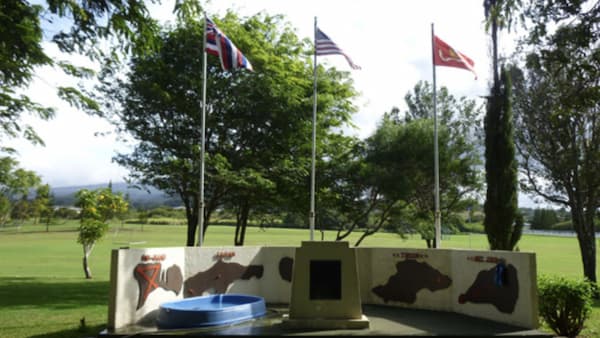
Many visitors to Hawai`i make an effort to experience the significant heritage sites at Pearl Harbor. Those who become more familiar with the islands soon realize that we are surrounded by many sites and locations which evoke memories of the past. The WWII-era shipwrecks and submerged aircraft enjoyed by recreational divers throughout the state are part of Hawai`i’s submerged battlescape.
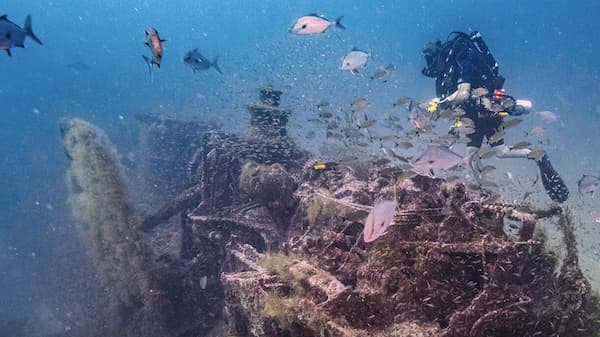
The ocean off the coast of North Carolina’s Outer Banks is often referred to as the Graveyard of the Atlantic. These waters have entombed thousands of vessels and countless mariners who lost a desperate struggle against the forces of war, piracy, and nature. In recent years, researchers from Monitor National Marine Sanctuary, the National Centers for Coastal Ocean Science, and their partners have been documenting vessels that sank in this area during World War II’s Battle of the Atlantic.

One third of the way between Honolulu and Tokyo, Midway Atoll became a critical air and sea base during World War II. The Battle of Midway (June 4-7, 1942) was one of the most significant battles of the war, marking a major shift in the balance of power between the United States and Japan.
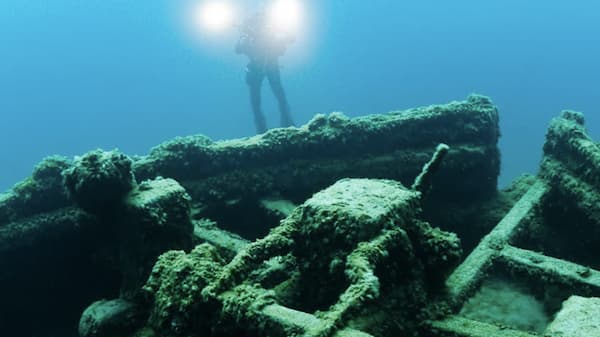
Explore this guide of past maritime heritage research conducted by the Office of National Marine Sanctuaries!
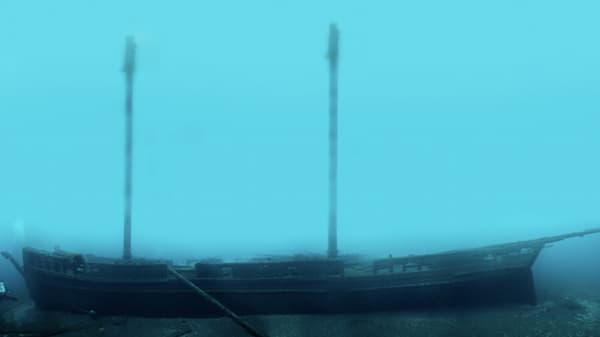
Thunder Bay National Marine Sanctuary protects a nationally significant collection of nearly 100 historic shipwrecks in Lake Huron off the Michigan coast. Through research, education, and community involvement, the sanctuary works to ensure future generations can enjoy these underwater treasures.
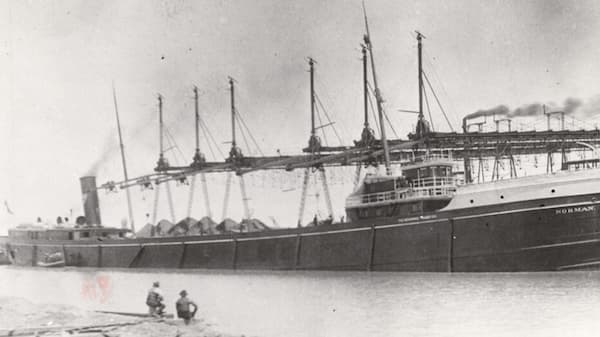
The Great Lakes Maritime Collection is a unique public archival collection dedicated to Great Lakes maritime history. Initially donated by C. Patrick Labadie and June Perry, the collection has grown to include thousands of resources documenting the history and heritage of America’s inland seas. Primary sources in the collection relate to shipwrecks within the three proposed or nominated Great Lakes sanctuaries.
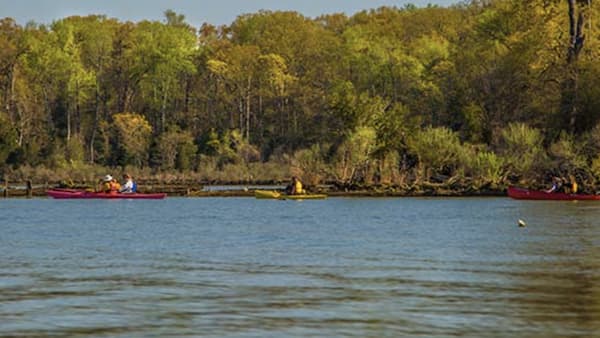
Mallows Bay-Potomac River National Marine Sanctuary protects and interprets the remnants of more than 100 World War I-era wooden steamships – known as the "Ghost Fleet" - and other maritime resources and cultural heritage dating back nearly 12,000 years.
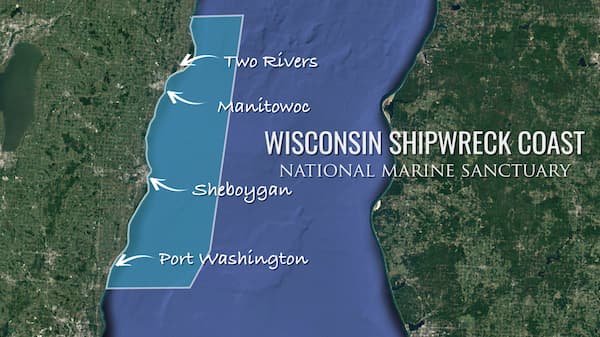
The 962-square-mile Wisconsin Shipwreck Coast National Marine Sanctuary protects 36 shipwrecks that possess exceptional historic, archeological, and recreational value. Historical research suggests that nearly 60 shipwrecks are yet to be discovered in the sanctuary.
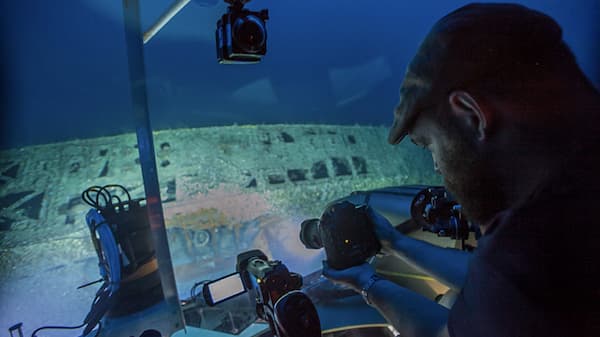
As our nation's first national marine sanctuary, Monitor National Marine Sanctuary protects the wreck of the Civil War ironclad USS Monitor. Surrounding the sanctuary lie hundreds of shipwrecks from both World Wars, including a World War II battlefield that are being considered for protection in a future boundary expansion.
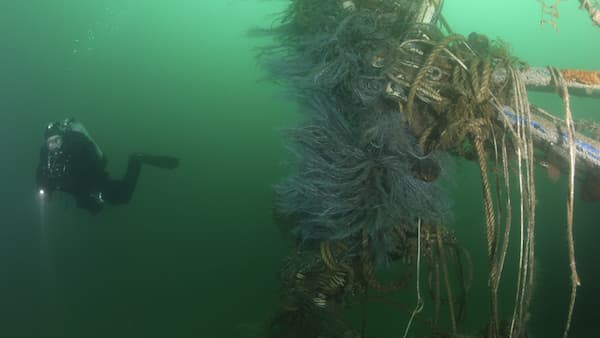
Stellwagen Bank National Marine Sanctuary, a wild ocean place near an urban world, sits east of Boston, Massachusetts between Cape Ann and Cape Cod. Its shipwrecks serve as tangible evidence of our nation's maritime history.
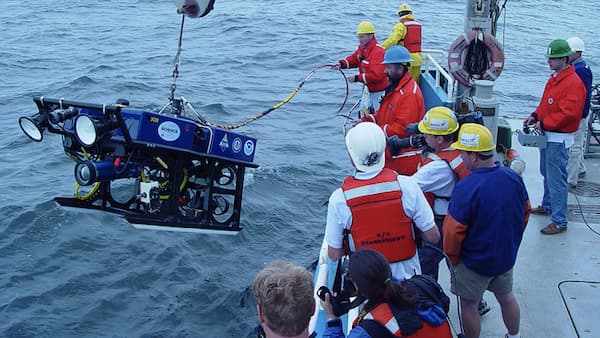
Researchers at Stellwagen Bank National Marine Sanctuary use a variety of tools and techniques to locate and document shipwreck sites. Since the sanctuary's seafloor lies at depths ranging from 65 to 600 feet, sophisticated equipment is often needed to conduct archeological research.
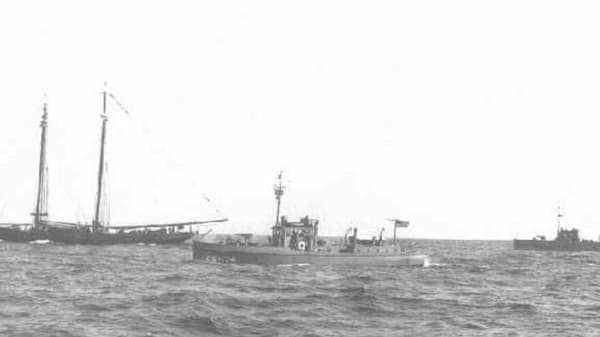
The maritime history of Stellwagen Bank National Marine Sanctuary encompasses much of New England's history.
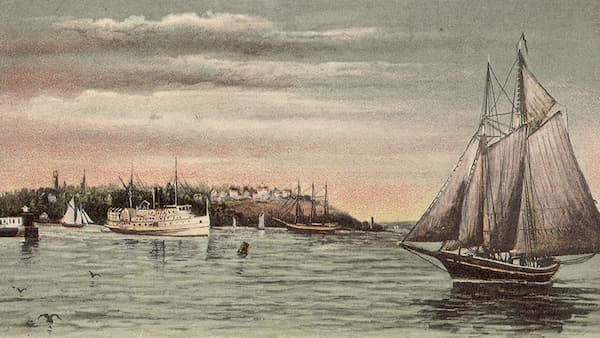
Maritime cultural landscapes help us understand the complex, dynamic, and evolving relationships of people and the sea.
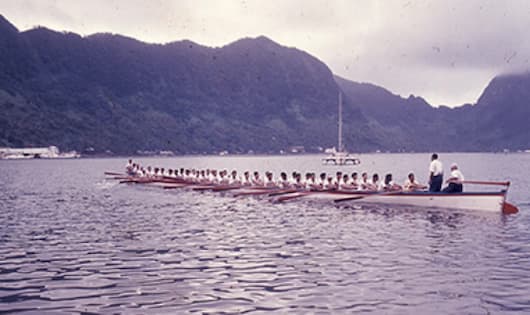
American Samoa contains maritime heritage resources representing more than 3,000 years of human history, and the sanctuary is legally responsible for helping protect and preserve those resources within its boundaries.
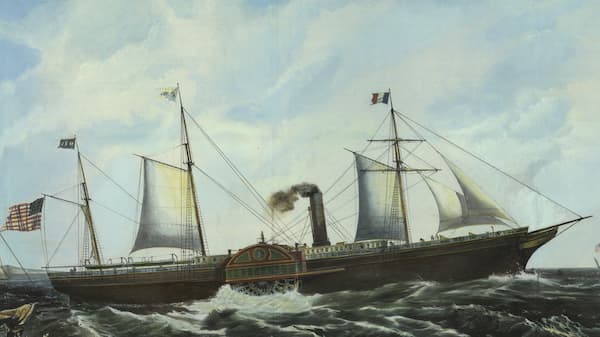
The West Coast Region seeks to support research into human connections to the sea that include indigenous native cultures, seafaring traditions and the discovery and protection of maritime heritage resources.
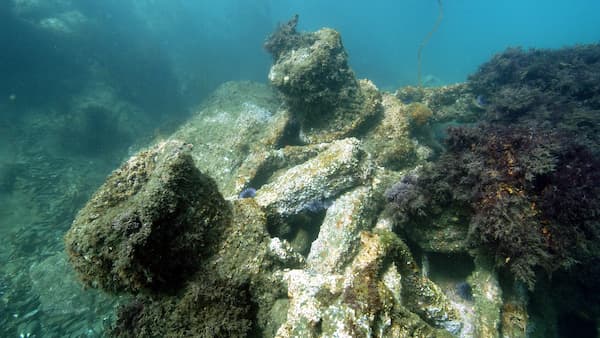
Shipwrecks mark the history of maritime shipping on the Olympic Coast, their remains broken by the intense natural forces of the coastline or concealed from us in deeper parts of the Sanctuary.
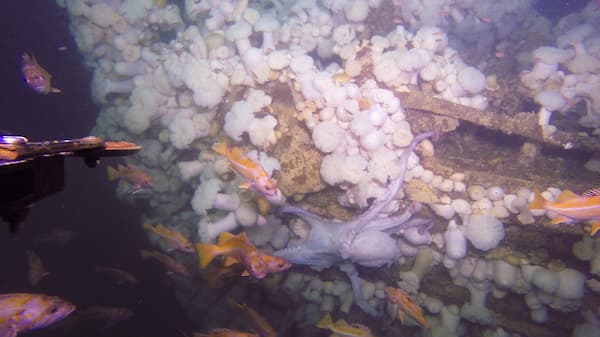
The waters within Greater Farallones National Marine Sanctuary are a nationally significant marine ecosystem, and support an abundance of life, including many threatened and endangered species. There’s over 400 reported maritime heritage resources that have created opportunities to locate and record the shipwrecks. These studies provide a foundation for an inventory and enhanced public awareness about the historic resources located in the sanctuary.
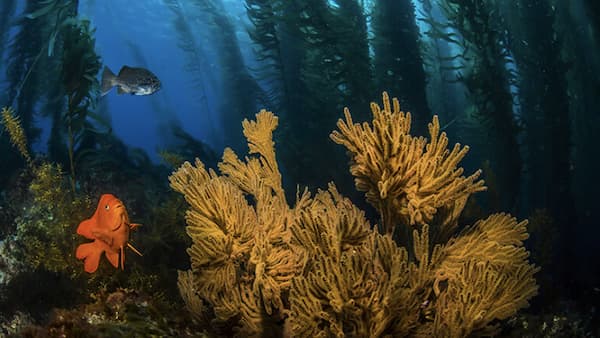
Channel Islands National Marine Sanctuary protects 1,470 square miles of ocean waters around the Northern Channel Islands: Anacapa, Santa Cruz, Santa Rosa, San Miguel, and Santa Barbara islands. A special place for endangered species, sensitive habitats, historic shipwrecks, and cultural resources, the sanctuary provides protection through research, education, conservation, and stewardship.
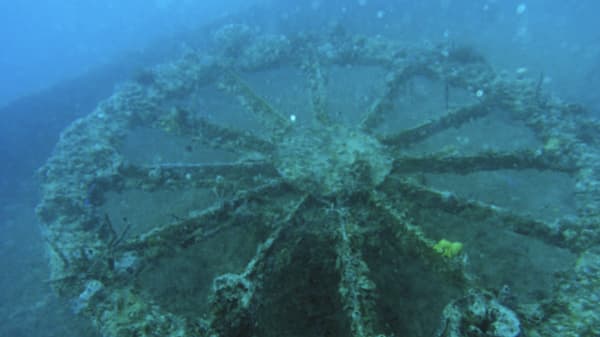
Within Florida Keys National Marine Sanctuary, there are many opportunities for divers and snorkelers to explore underwater treasures. The sanctuary protects hundreds of shipwrecks, helping to both preserve and further study the historic use of our nation's coastal waters.
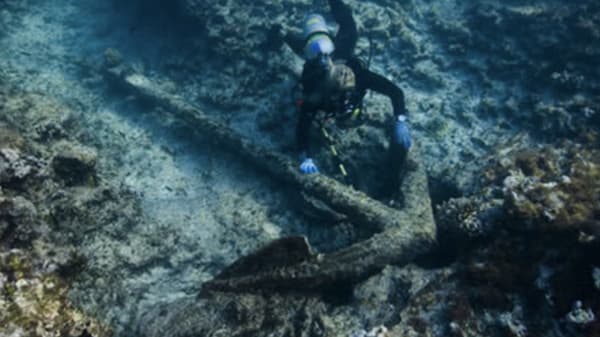
Though humans have been engaged in hundreds of years of exploration and discovery, there is still much to learn and discover beneath the waves of Papahānaumokuākea. Beginning with Polynesian sailing canoes and continuing to modern day submersibles and research vessels, exploration is an important part of the maritime heritage of the Northwestern Hawaiian Islands.
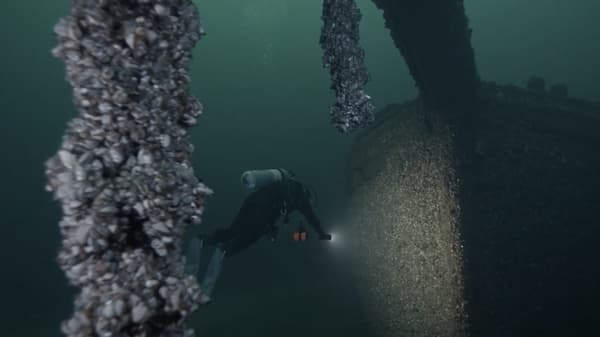
With this designation, NOAA would manage, research, interpret, and improve public access to a nationally significant collection of maritime heritage resources, including historic shipwrecks. The proposed sanctuary would celebrate the area's unique history and heritage and provide a national stage for promoting tourism and recreation.
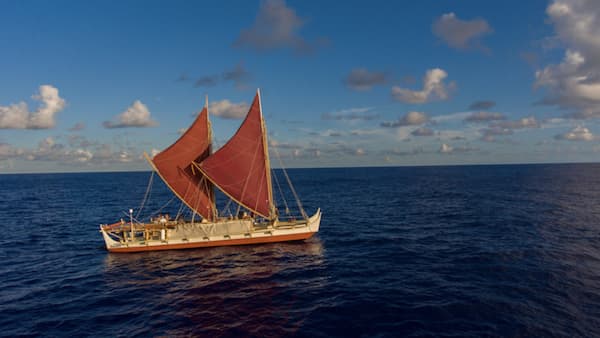
The Hawaiian archipelago has a long history of continuous and intensive maritime activity. Many historic shipwrecks and other types of submerged archeological sites can be found in and around Hawaiian Islands Humpback Whale National Marine Sanctuary.